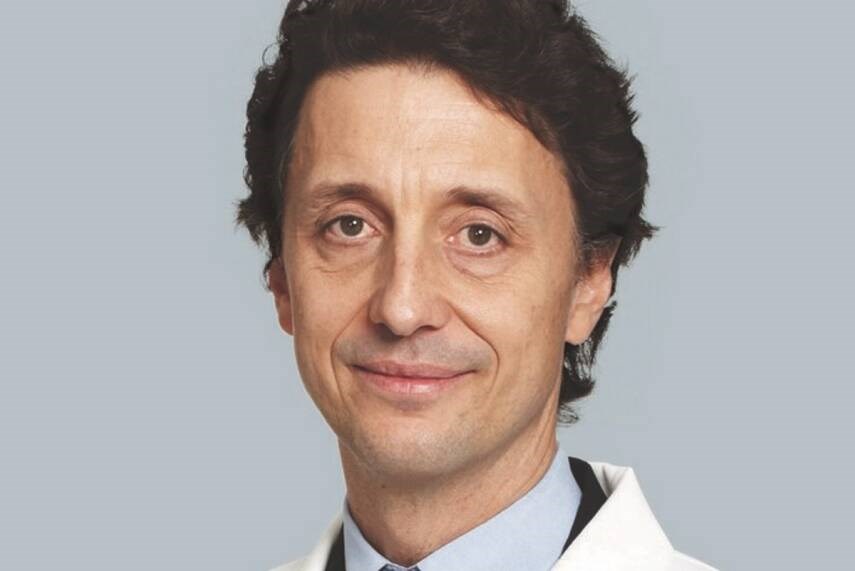Dear Dr. Roach: My otherwise-healthy mother died at age 72 from the original COVID virus. Knowing that this could mean a severe outcome for me, I actively avoided COVID. Keeping up to date with vaccines, masking indoors at all times, and minimizing contact with others all kept me from getting COVID until this past July. I tested positive for 11 days with flu-like symptoms. I never had trouble breathing.
If variants continue to produce less-severe outcomes, am I safe to just keep up with vaccines now? Are subsequent bouts of COVID usually like the first for most people?
S.D.
I’m sorry to hear about your mother. The pandemic was a horrible time.
COVID is highly variable, and what is true for most people may not be true for everybody. In general, COVID has been decreasing in severity, and the risk of death and hospitalization is far lower than it was at the beginning of the pandemic. However, for people who have never been vaccinated and those with risk factors (such as a severe immune system disease), COVID can still be deadly. A new vaccine is expected to be released in September (as of the time I am writing this), and most people should get it.
The general tendency for COVID has been that there have been less-severe outcomes, but this could change at any time with a new variant. Public health officials remain vigilant of a variant that spreads easily, is resistant to our treatments, evades the immune system despite vaccination, or leads to a higher risk of death and hospitalization.
It is possible that one variant could do all of those things, so continuing to be prudent about being out in large crowds is wise, especially for people who are at a moderately high risk (being over 65 and having heart or lung disease, or many other medical conditions). Still, this doesn’t mean you have to be completely avoidant. Being aware of the prevalence rate in your community from your local health department can help guide how cautious you need to be.
Dear Dr. Roach: Is it OK for an 89-year-old with periodic atrial fibrillation in the past to have two cataract surgeries at the same time? I am confused about whether to maintain my current nearsightedness or get surgery to see things at a distance without glasses. My ophthalmologist said people who maintained their nearsightedness were happier, although most chose to correct their vision to see without glasses.
M.L.J.
Cataract surgery is a low-risk surgery, but low risk isn’t the same as no risk. Still, there is very little bleeding, and most people continue on anticoagulation, such as warfarin or apixaban. Doing both cataracts at the same time is uncommon in the United State, but routine in other countries. Apart from blood-clotting issues from AFib and bleeding issues from treatment, AFib does not significantly increase your surgical risk.
As far as choosing the focal point for your new lens, it is true that most people choose to see at distance without glasses and use reading glasses when necessary. Others choose to keep their old glasses after surgery. However, some people choose to have one eye set to near vision and the other set to far vision. There are also multifocal lenses, similar to bifocals and trifocals. I don’t give advice on these, as an ophthalmologist has much more expertise than I do.
Dr. Roach regrets that he is unable to answer individual letters, but will incorporate them in the column whenever possible. Readers may email questions to [email protected]



